Uterine fibroids
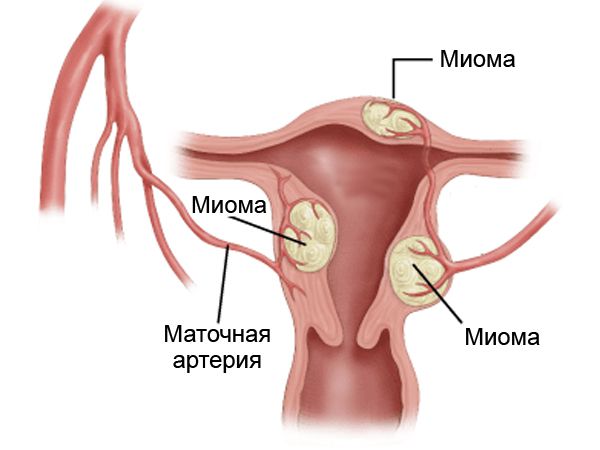 Uterine fibroids (leiomyoma or fibromyoma) are one of the most common gynecological diseases in women of reproductive age. It can manifest itself in various symptoms, such as heavy menstruation, cycle disorders, painful sexual intercourse, and others. Large myomatous nodules are surgically removed, but with early diagnosis and a small size, dynamic monitoring is possible.
Uterine fibroids (leiomyoma or fibromyoma) are one of the most common gynecological diseases in women of reproductive age. It can manifest itself in various symptoms, such as heavy menstruation, cycle disorders, painful sexual intercourse, and others. Large myomatous nodules are surgically removed, but with early diagnosis and a small size, dynamic monitoring is possible.
What is uterine fibroids
Fibroids are benign tumors of the uterus that form from muscle fibers and/or connective tissue. The nodes come in different sizes and locations and grow under the influence of sex hormones. That is why the disease is typical for women aged 20-50 years, but it can be found in adolescents and postmenopausal women.
Depending on the location, there are several types of fibroids:
- Submucous. It forms in the uterine cavity.
- Intramural. It occurs in the muscular layer of the organ.
- Subserous. It is located on the outer surface of the uterus.
Education can be single or multiple. Tumors up to 3 cm in diameter are considered small. Large fibroids can deform the uterine cavity and cause compression of neighboring organs.
Reasons for appearance
There are many theories of the occurrence of uterine fibroids, but the leading one is hereditary. In the vast majority of cases, a girl is already born with the beginnings of future myomatous nodes, and their growth is a hormone-dependent process. It grows under the influence of estrogen and progesterone. That is why the disease is typical for women of reproductive age. With the onset of menopause, tumor growth stops.
Vachi also identified the factors that are provoking. These include:
- invasive procedures in the uterine cavity (abortions, installation of intrauterine contraceptives, other operations);
- endocrine disorders;
- chronic gynecological diseases, inflammatory processes;
- disorders in the production of sex hormones;
- overweight;
- sedentary lifestyle;
- no history of childbirth;
- chronic stress.
Taking into account the provoking factors, almost all women of reproductive age, that is, from 20 to 50 years old, fall into the risk group. That is why gynecologists insist on regular checkups at least once a year. This allows you to identify not only fibroids, but also other gynecological diseases even before the appearance of unpleasant symptoms.
Symptoms of the disease
Approximately half of the women diagnosed with a tumor do not notice any specific signs of the disease. Others complain of discomfort and pain of varying intensity. Experts identify the following symptoms of uterine fibroids:
- heavy painful menstruation;
- prolonged menstruation (more than 7-8 days);
- feeling of fullness of the bladder, frequent urination, sometimes difficult;
- chronic constipation, hemorrhoids;
- pain in the lower abdomen, lower back (aching, pulling, cramping);
- inability to get pregnant or miscarriage.
The symptoms are nonspecific, they are characteristic of many diseases of the female reproductive organs. It is impossible to diagnose uterine fibroids on your own. Such a diagnosis can only be made by a doctor after an examination.
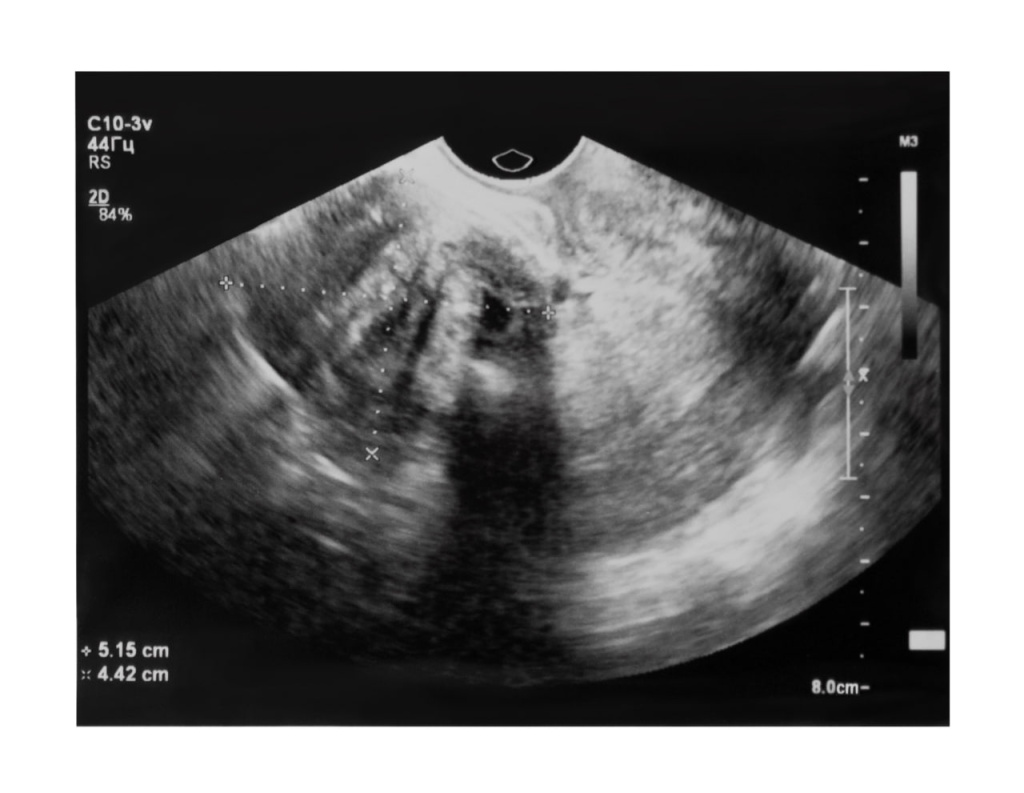
Diagnostics
Specialists diagnose the disease at a standard gynecological examination. If the doctor sees that the uterus is enlarged or its shape has changed, he conducts additional research. It can be:
- Ultrasound of the pelvic organs to determine the location and size of the formation;
- CT or MRI to clarify the features or for a large tumor;
- hysteroscopy to examine the inner walls of an organ and take tissue samples for biopsy.
The standard diagnosis is based on an examination and ultrasound examination. The remaining methods are performed if necessary to clarify the diagnosis and to exclude malignancy of the neoplasm.
Treatment methods
Depending on the size of the node and its location, doctors use different treatment methods. If the tumor is small and has been diagnosed for the first time, a specialist may suggest surveillance tactics. The patient is scheduled to reappear after a certain period of time to assess the dynamics of tumor growth. Unfortunately, to date, there is not a single drug to stop the growth of fibroids or its resorption. Low-dose hormonal contraceptives, intrauterine devices, GnRH agonists are considered symptomatic therapy and reduce the intensity of bleeding. In some cases, they may be prescribed as preparation for surgical treatment. Your doctor may also suggest anti-inflammatory or painkillers to relieve your symptoms.
The main method of treating uterine fibroids is surgical removal of the tumor. In 99% of cases, gynecological surgeons use minimally invasive endoscopic techniques. Depending on the size and location of the tumor, as well as on the woman's reproductive plans, the doctor may use one of the following techniques:
- hysteroresectoscopy is a minimally invasive operation with vaginal access to remove fibroids from the uterine cavity;
- myomectomy is a laparoscopic operation that allows the removal of formations without size restrictions;
- embolization of the uterine arteries is an operation to block the blood supply to the node, recommended only if surgical removal is impossible;
- Hysterectomy is the removal of the uterus with extremely multiple fibroids and the absence of healthy uterine muscle tissue.
Depending on the severity of the disease and the patient's medical history, the doctor always tries to preserve the reproductive organs and their functions. The gold standard of treatment is myomectomy. The technique allows you to remove even multiple large nodes in one operation. The procedure is not traumatic, and due to the short rehabilitation period, the patient can quickly return to her usual life. This method is preferable for women with reproductive plans.
Uterine fibroids: indications for surgery
Absolute indications for surgical treatment of uterine fibroids, regardless of the patient's age, are:
-
the size of fibroids exceeding the size of the uterus during pregnancy of 12-14 weeks;
-
rapid growth of uterine fibroids (in a year by an amount corresponding to 4-5 weeks of pregnancy);
-
uterine bleeding with decreased hemoglobin due to excessive blood loss;
-
severe pain syndrome;
-
secondary changes in the node (necrosis, infection);
-
the presence of submucous or subserous nodes of any size on long legs, with a high probability of being prone to twisting;
-
cervical, inter-connective, "nascent" node;
-
infertility, miscarriage, including as preparation for the IVF program;
-
severe dysfunction of neighboring organs (frequent urination, prolonged constipation). Due to the pressure on the back wall of the bladder, reflux occurs (urine is thrown into the ureter), the risk of inflammatory diseases increases (for example, exacerbation of chronic pyelonephritis), dilation of the ureters and renal pelvis up to secondary hydronephrosis.
In what cases can fibroids be monitored and not operated on?
There is no universal answer. When solving this issue, we take into account the desire of the woman herself, the presence and severity of complaints, the age and reproductive plans of the woman (the desire to have children in the future), a decrease in quality of life, the size, location of myomatous nodes, etc. The decision is made jointly with the woman based on a comprehensive discussion and consideration of possible alternatives. You can resort to conservative treatment methods. However, today they are not effective enough.
New-generation hormonal drugs can stop the growth of fibroids if the tumor consists mainly of muscle fibers and when there are receptors in the muscle layer of the uterus that can "catch" these hormones and give a response. Such therapy will help some, but not others. Treatment with nonsteroidal anti-inflammatory drugs somewhat reduces pain and bleeding.
With the onset of menopause, fibroids inside the uterine muscle usually decrease. And if the specialists of the Department of Gynecology and Oncogynecology of the EMC are approached by a woman with this disease, who is approaching menopause, we usually suggest taking your time with the operation. She should be monitored and checked every six months to make sure there is no rapid fibroid growth.
Possible complications
Even if a woman does not feel unpleasant symptoms, this does not mean that fibroids do not need to be treated. The clinical picture largely depends on the size of the neoplasm and the location. Before menopause, the tumor will grow, which will lead not only to pain and bleeding, but also to other unpleasant consequences. Here are the complications that may occur if left untreated:
- reproductive function disorders;
- various pregnancy pathologies (miscarriages, undeveloped pregnancy, placental insufficiency, preeclampsia, hypoxia and fetal hypotrophy);
- iron deficiency anemia;
- dysfunction of neighboring organs;
- endometrial overgrowth (endometriosis);
To prevent dangerous complications, you need to be regularly examined and start treatment on time, if necessary. It is also important to remember that the disease often recurs, so even after the end of treatment, it is important to undergo follow-up examinations. There are no specific measures for the prevention of pathology. It is enough to lead an active lifestyle, monitor the body mass index and the balance of sex hormones, and minimize stress.
Absolutely all modern methods of diagnosis and treatment of uterine fibroids are available at the EMC clinic. Gynecological surgeons perform minimally invasive interventions of any complexity with preservation of reproductive function. Make an appointment by phone or using the form on the website to undergo an examination and prevent the development of serious gynecological diseases.
References
- Uterine fibroids and a woman's reproductive function. The relationship of uterine fibroids with infertility, a scientific article on clinical medicine, authored by Tskhai V. B., Shtokh E. A.
- Uterine fibroids and fertility, a scientific article on clinical medicine, authored by Kuznetsova I.V., Evsyukova L.V.
Why the EMC
The first and only clinic in Russia, created in the image of the world's leading clinics
EMC is a multidisciplinary center offering patients a high level of medical services and a personalized approach
Worldwide recognition and awards
 Learn more
Learn more
Worldwide recognition and awards
 Certificates and licenses
Certificates and licenses
Make an appointment for a consultation
Specify your contacts and we will contact you to clarify the details
and new products of the EMC
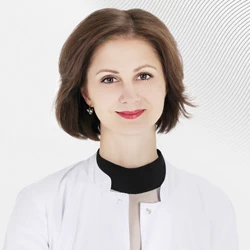
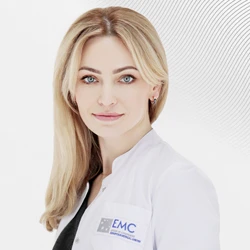
.webp)
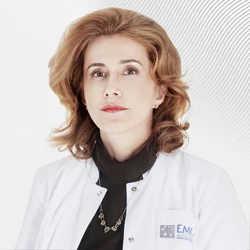
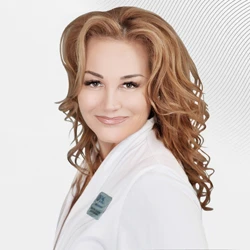

.webp)
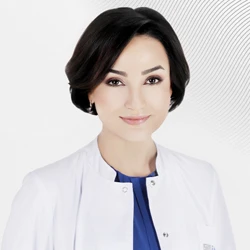
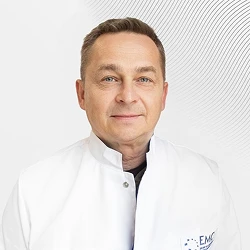

.webp)
